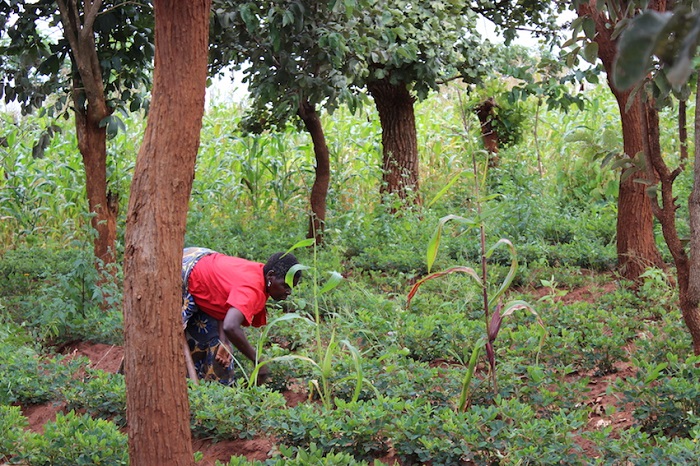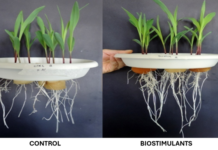Agroforestry is known as the management and integration of trees, crops and/or livestock on the same plot of land. It has also been proven to be an integral component of productive agriculture. It may include existing native forests and forests established by landholders. It is a flexible concept, involving both small and large-sized land holdings.
In Africa, agroforestry farms and landscapes have been proven to be an important part of the continent’s rural landscapes. For instance, the trees on farm and in the landscape provide income and environmental outcomes. Furthermore, the practice can be used to ease the effects of climate change as well as help mitigate food security challenges. This makes the practice important since many parts of Africa have continued to experience food insecurity, declines in per capita farm income, as well as land and soil degradation.
Benefits of Agroforestry
Over the past two decades, a number of studies have been carried out analyzing the viability of agroforestry. The combined research has since highlighted that agroforestry can reap substantial benefits both economically and environmentally. This is through the production of more output and proving to be more sustainable than forestry or agricultural monocultures. Agroforestry systems are continuously being adopted in many parts of the continent and the world at large.
Some of the known benefits of agroforestry include but are not limited to:
Soil protection
The planting of trees amongst crops helps control runoff and soil erosion, thereby reducing losses of water, soil material, organic matter and nutrients.
The trees can also maintain soil organic matter and biological activity at levels satisfactory for soil fertility. However, this is dependent on there being an adequate proportion of trees in the system. Normally, it takes at least 20% crown cover of trees to maintain organic matter over systems as a whole.
Trees are able to maintain more favorable soil physical properties than agriculture, through organic matter maintenance and the effects of tree roots. This, in turn, leads to more closed nutrient cycling compared to agriculture. As such, there is more efficient use of nutrients.
When interplanted with crops, trees can check the development of soil toxicities. They can also help in the reduction of exiting toxicities. This is because both soil acidification and salinization can be checked and trees employed in the reclamation of polluted soils.
Water logging
Agro forestry can increase soil water availability to land use systems. Through water removal, established trees can substantially reduce water logging in their immediate area, which may result in improved land uses.
Nutrient enhancement
Nitrogen-fixing trees and shrubs increase nitrogen inputs in agro forestry systems. Similarly, trees can increase nutrient inputs through retrieval from lower soil horizons. Moreover, the decomposition of tree and pruning can substantially contribute to maintenance of soil fertility.
Soil fertility
Agroforestry provides a more diverse farm economy while stimulating the whole rural economy. This leads to more stable farms and communities. Economics risks are also reduced when systems produce multiple products.
As well as building on practices used in forestry and agriculture, agroforestry also works towards land protection and conservation through more effective protection of stock, control of soil erosion, salinity and water tables and a higher quality control of timber.
Generally, agroforestry can have immense benefits for the environment and the farmer. For farmers, the ability to maintain some sort of control over land and production in the face of climate change means agrofrestry could hold huge promise for the agricultural sector.









